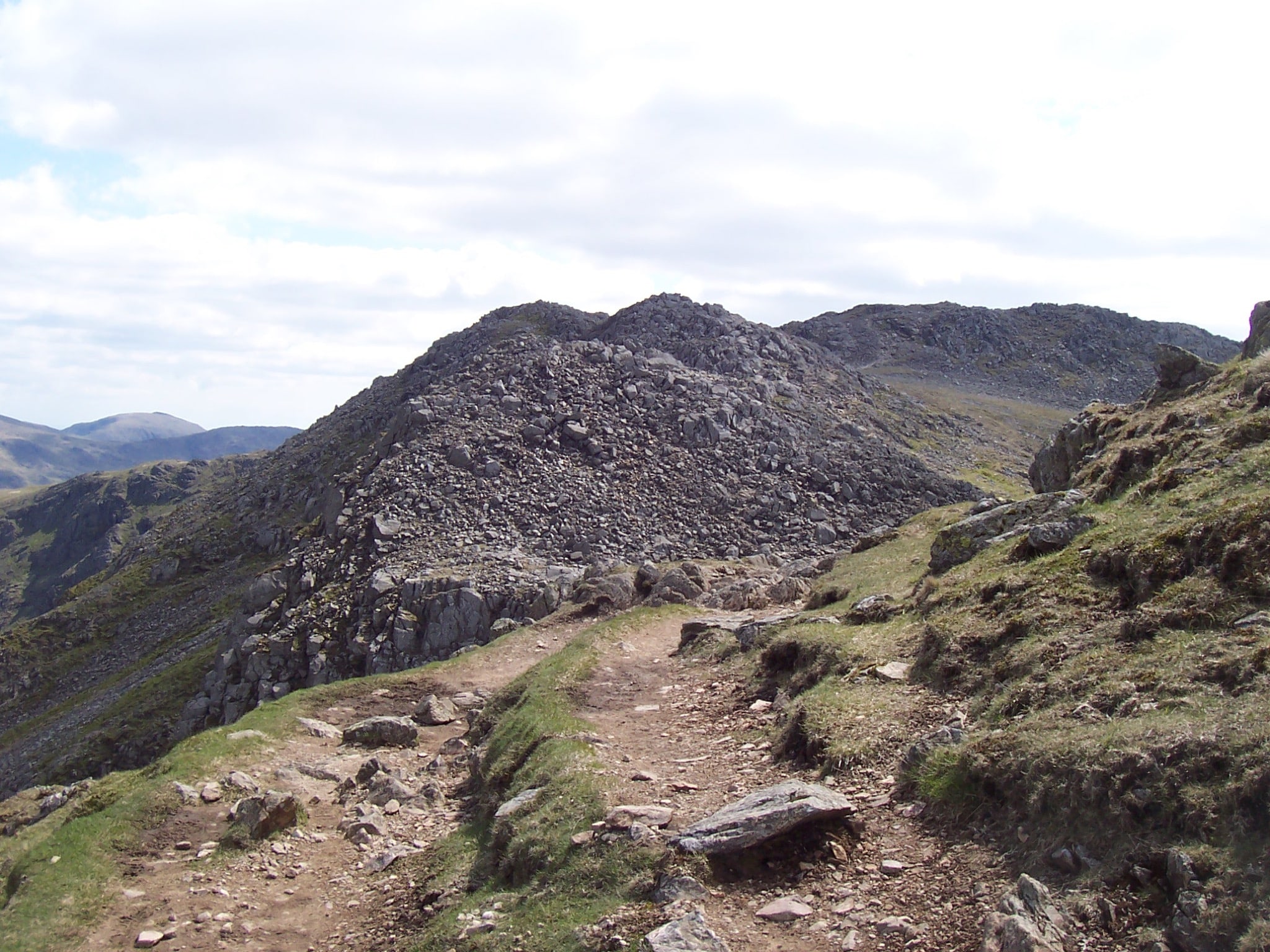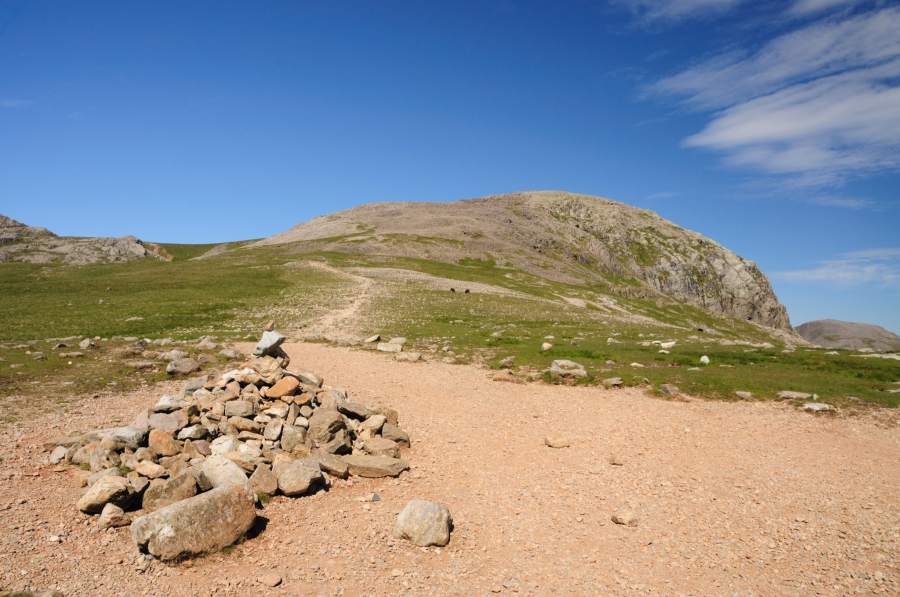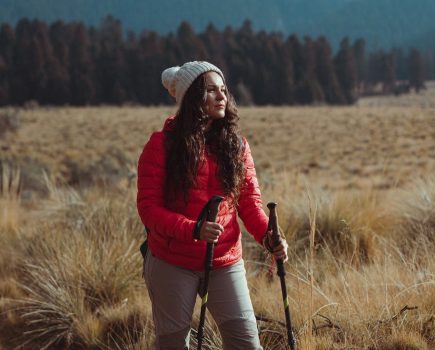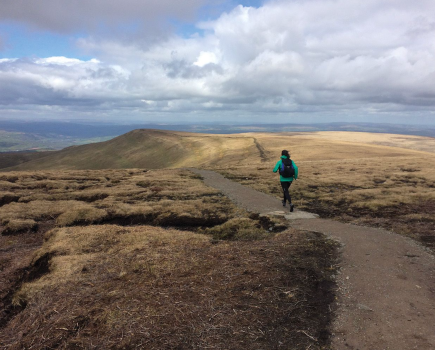Footpath erosion – it’s unsightly and damaging to the mountain environment. But much as we’d love to think that erosion is caused by other people, the truth is that we all contribute to it. How can we reduce our impact while continuing to enjoy the mountains?
1. Seek out quieter hills
Popular routes are under greater pressure and tend to suffer from more erosion. But by heading to a quieter corner, you can help to spread the load. Instead of adding to the boots grinding away at an eroded footpath on a classic hill, why not consult your maps and head somewhere new? All walking has an impact, but an obscure route, maybe off-path, that sees only a handful of ascents a year will fare much better than a highway being climbed hundreds of times a day.
2. Don’t geotag your photos on social media
Showing your adventures online is a big part of the experience these days, and can be a great way of encouraging new people to discover the great outdoors. But there’s a dark side to it, too. You can never tell what will go viral, and a geotagged image – that is, one where the photo’s exact position is pinpointed for all to see using GPS – could bring thousands more people to a potentially sensitive location in a short period of time. So post and tweet your images by all means, but it’s worth considering being a little more vague when it comes to location. After all, ‘shot on the Isle of Skye’ will spread the load a lot more than ‘shot at the Fairy Pools’.
3. If you’re using a path, stick to it
There’s nothing wrong with striking off away from the paths and creating your own route up a mountain – such ad-hoc routes will rarely become popular enough to suffer from erosion, as the logical way up most hills already have footpaths in place. But if you’re following a footpath, stick to it.

Walking on the edges of a path will only make it wider in the long run, further increasing the damage
© Alex Roddie
People taking shortcuts are a big cause of erosion on popular trails. So don’t be tempted to cut off the corners of a zigzag descent, and don’t walk on the very edge of an eroded path, either – even if it looks drier and firmer than the more eroded ground in the centre. Eroded paths become broad scars mainly because walkers stick to the edges, making erosion worse with every footstep.
4. Tread softly
The way in which you walk can play a part, too. Place your feet firmly and carefully – don’t slide them, don’t kick steps in loose ground, and if you use trekking poles take care not to stab at delicate soil banks. Poles can often cause just as much damage as your boots. In wet conditions, damage is often magnified as the ground underfoot is looser, so take extra care if it’s raining.
5. Donate or volunteer
Organisations such as Fix the Fells, the John Muir Trust and the BMC – via their Mend The Mountains fundraising initiative – aim to combat the erosion problem by repairing popular, eroded routes. Footpath repair is an expensive, time-consuming and labour-intensive process that involves setting stonework paths and stairways in place. While stone-laid paths may not appear as natural, they’re considerably less obtrusive than an eroded scar, and are designed to avoid channeling water (which often causes as much damage as boots before repair work has been carried out). The stone surface is also highly durable. To help with one of these campaigns, consider making a donation or volunteering your time.

A repaired path is more durable and will last far longer, reducing the impact on the surrounding environment
© Alex Roddie
Header image © Stewart Smith Photography / Shutterstock








